Hampton Bay Maria Theresa 6-Light Chrome with Clear Acrylic Chandelier
Classic crystal chandelier that adds elegant touch to any décor. Size 60 watt bulbs required; easy to install. Perfect addition to dining rooms, living rooms, and foyers.
Maria Theresa 6-Light Chandelier bring an elegant, classic glow anywhere. A chrome finish and white candle lamp holder covers add eye-catching style to any decor. Adjustable hanging length with a maximum length of 60 in. lets you customize the look.
- Steel fixture with clear acrylic crystal accents in polished chrome finish
- Requires six 60-Watt maximum standard light bulbs, LED equivalent or CFL equivalent (not included)
- Includes 37.5 in. chain for adjustable hanging length
- Easy to install with the included mounting hardware
- Exclusively at the home depot
- Polished chrome finish
- Clear acrylic crystal accents in polished chrome
Additional information
| Chain Length (in.) | 37.3 |
|---|---|
| Fixture Depth (in.) | 21.25 |
| Fixture Height (in.) | 22.75 |
| Fixture Weight (lb.) | 6 |
| Fixture Width (in.) | 21.25 |
| Maximum Hanging Length (in.) | 82.7 |
| Mounting Deck Height (in.) | 2 |
| Mounting Deck Width (in.) | 4.9 |
| Certifications and Listings | ETL Listed |
| Manufacturer Warranty | 1 year |

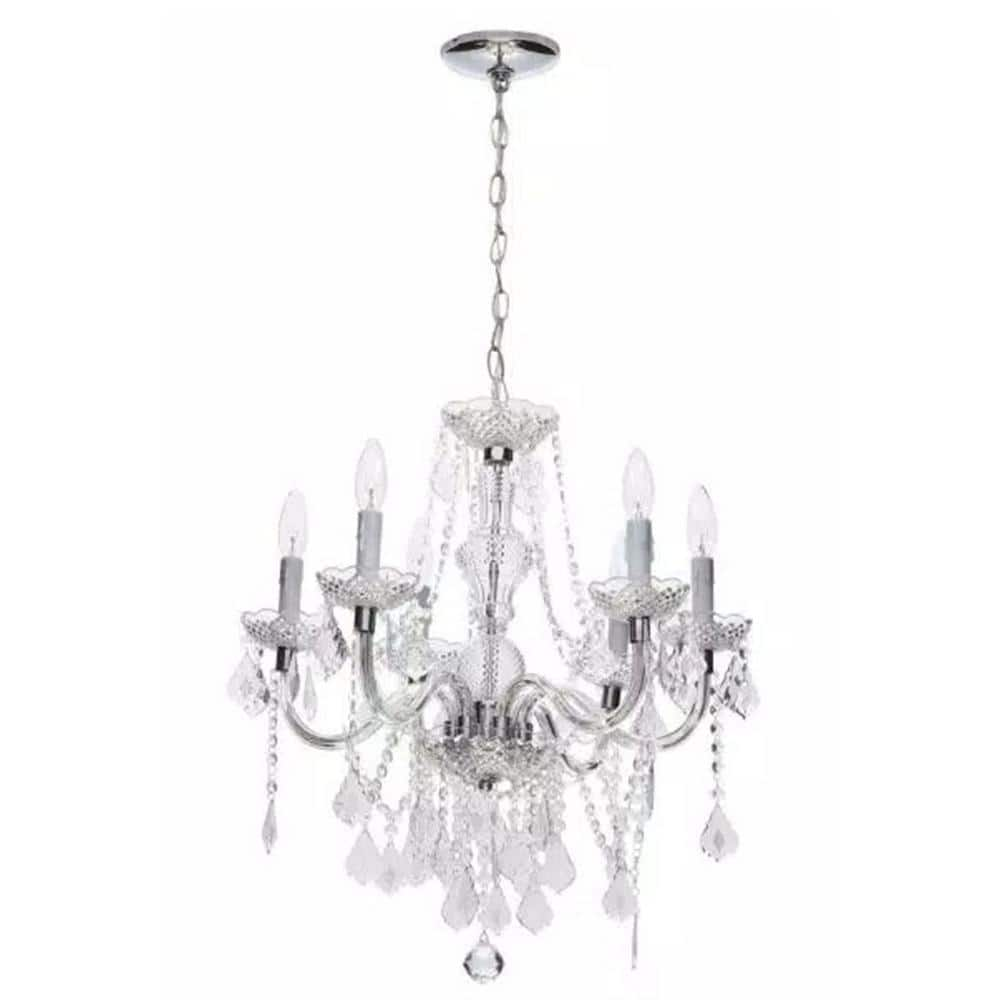
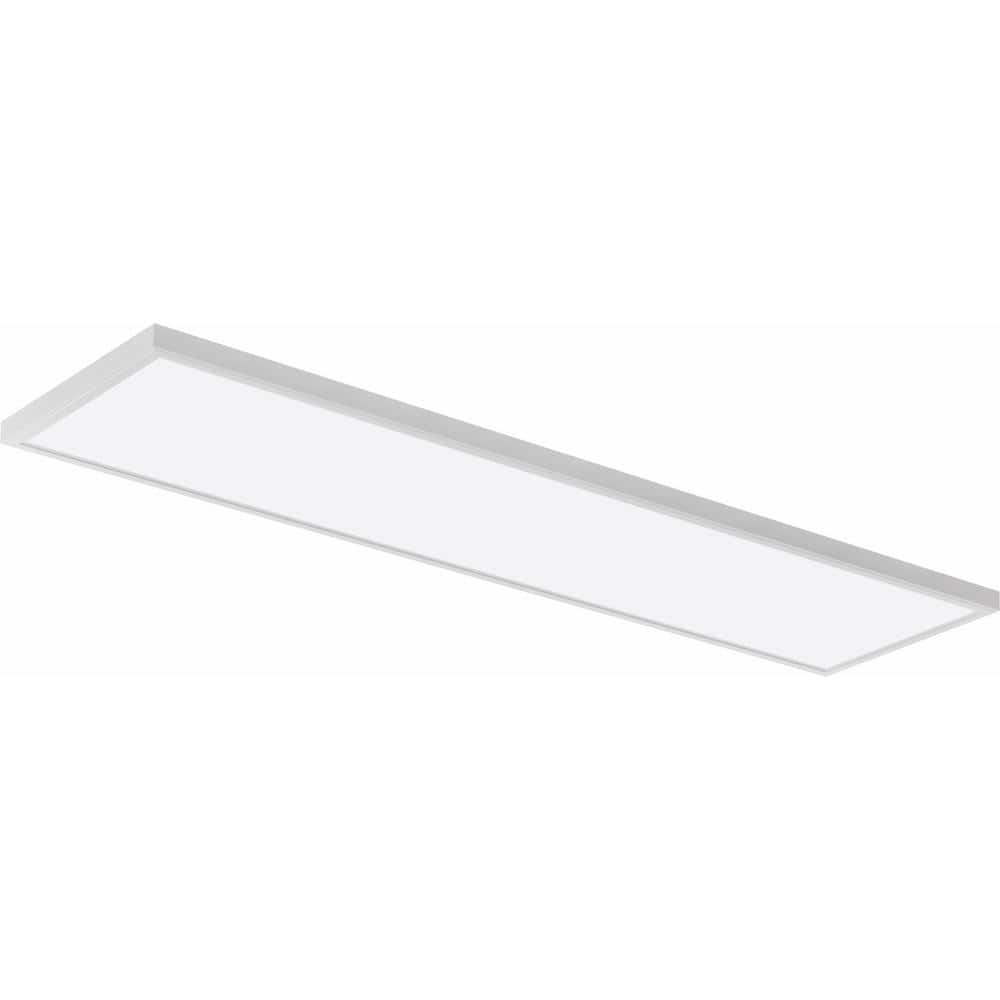
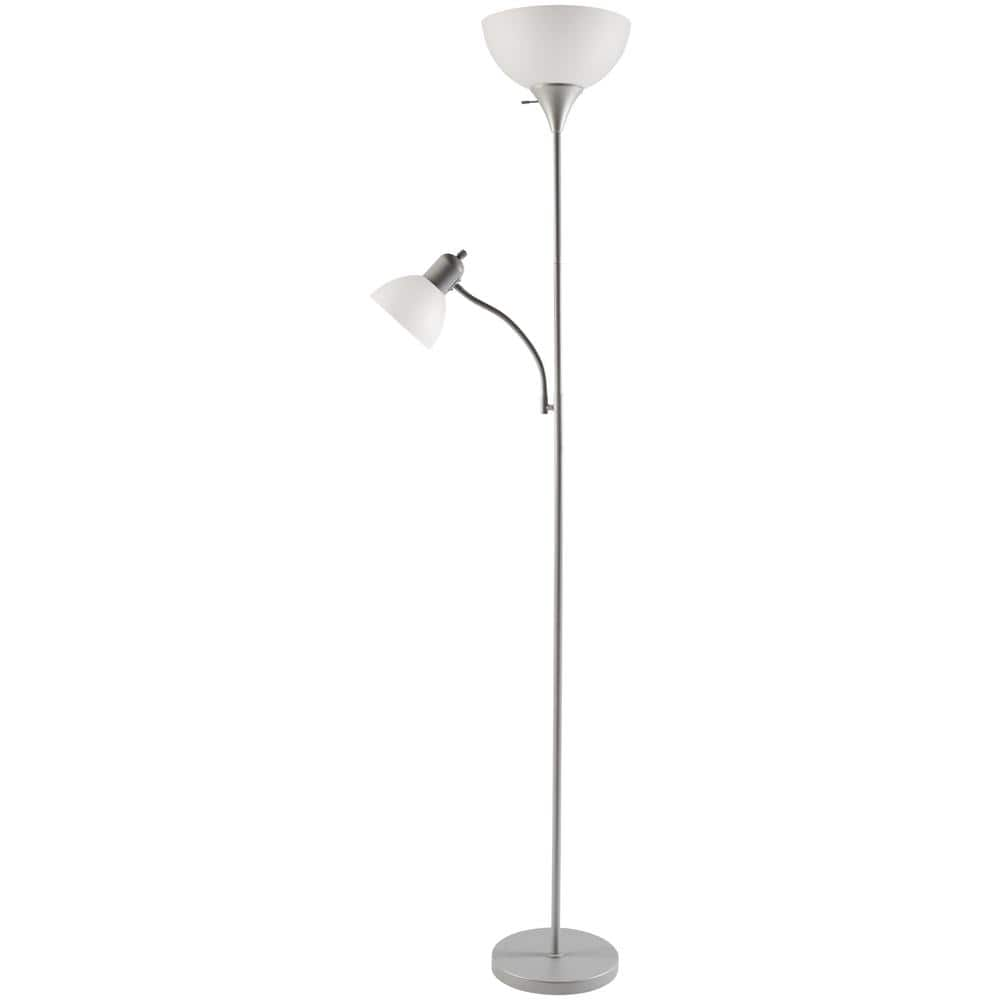
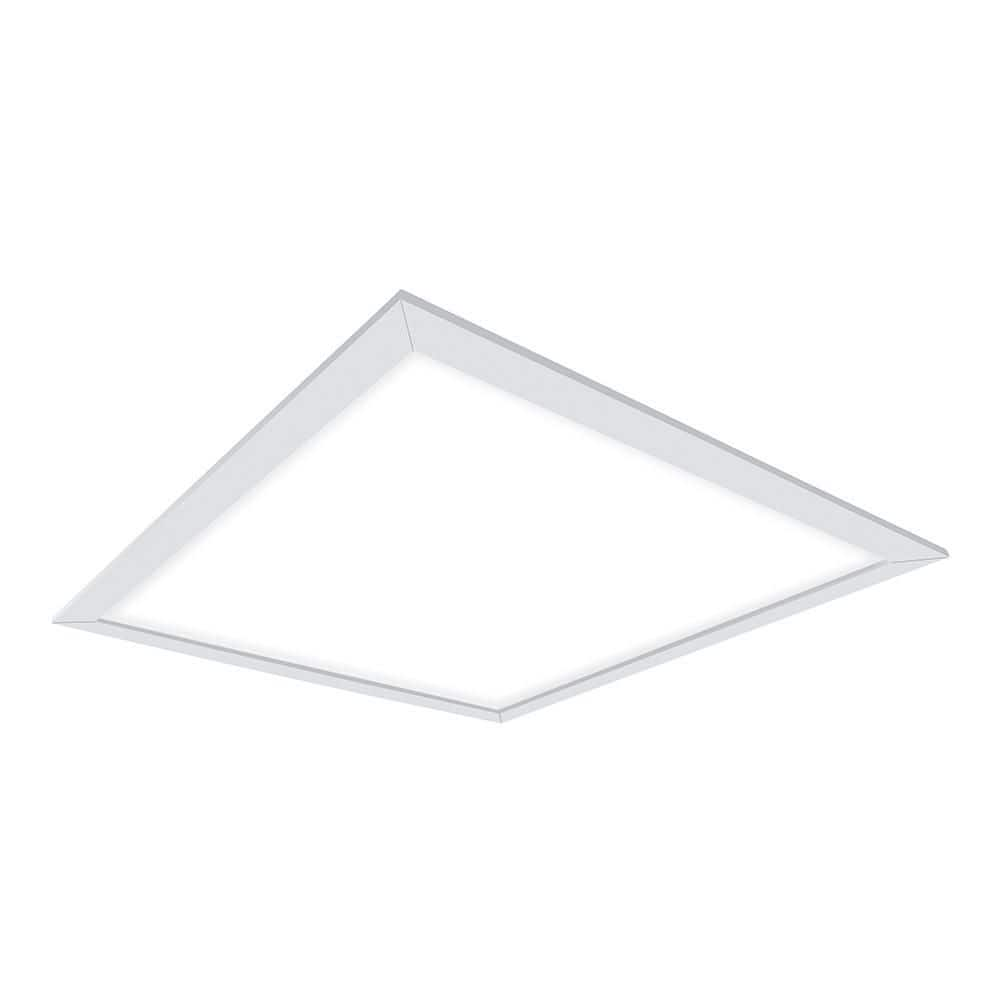
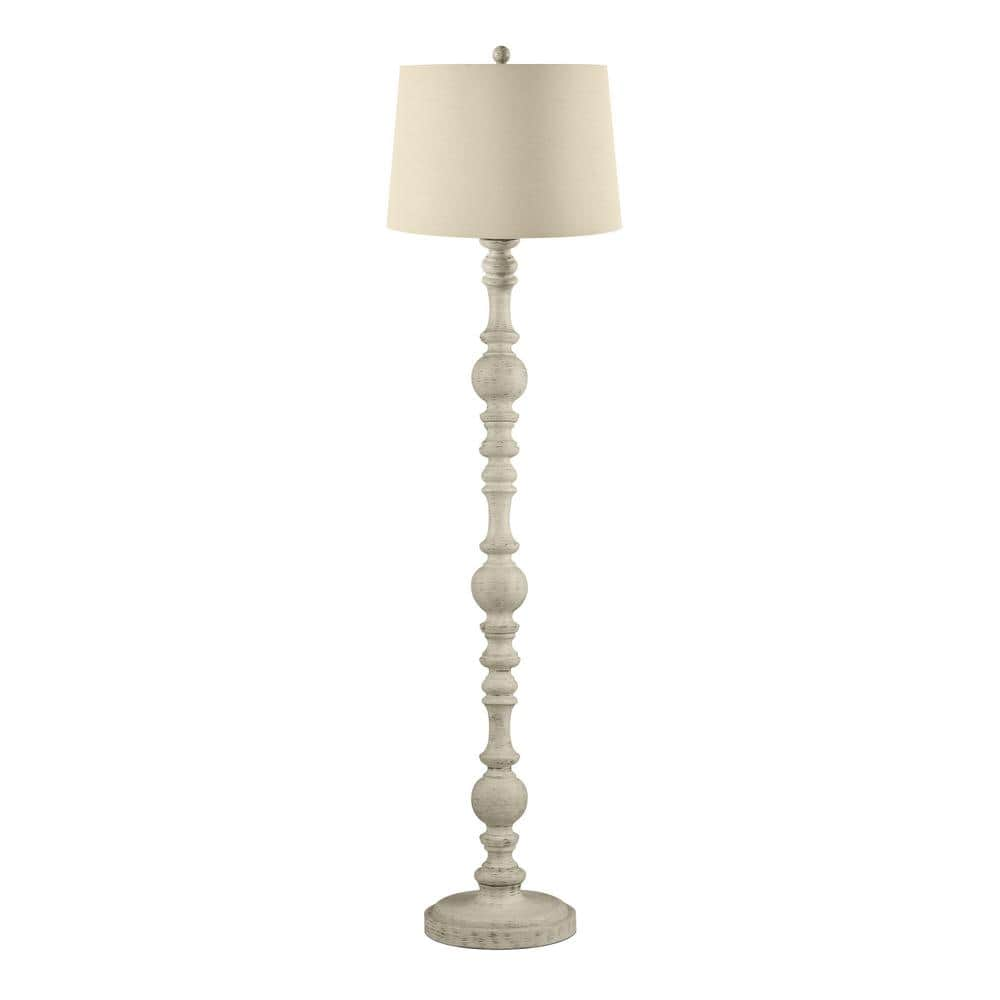
by Brian
I bought this chandelier 2 years ago and hooked it up in my living room and absolutely love it,it’s beautiful and can’t beat the price.
by Felicia
Beautiful Chandelier at a great price. Centerpiece of a new dining room.